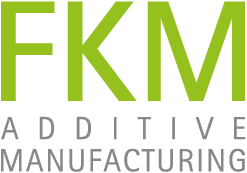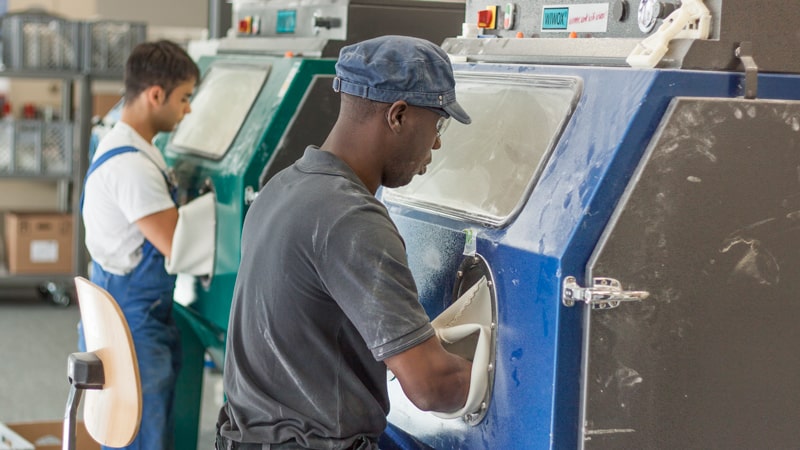Prototyping refers to the three-dimensional production of functional prototypes (test models) of a planned product. Depending on the purpose and properties that are to be tested with the help of such a model during development, a prototype can correspond to the end product in purely visual or technical terms. A prototype is therefore used to check the appearance or functionality of a workpiece before series production begins. In this way, potential sources of error are detected and eliminated. Prototyping is an efficient way to extensively test and optimize new components.
Functional model components
Prototype construction is the rapid production of functional sample components and test models. Prototype construction is particularly recommended during development, in the creation of new types of work parts for every industry, in order to perfect and realize an idea quickly and cost-efficiently. The aim is to work effectively, without tools and without manual detours exclusively via CAD programs. The defined and appropriately adapted data is then carried out using the laser sintering or laser melting process.
Prototypes serve as preparation for series production and can correspond visually but also technically to the planned end product. Many sectors and branches of industry are increasingly relying on individualized products and a wide variety of variants. Small series and prototype construction are the means of choice here in order to take as little risk as possible in the investment.
For those who only need a single component that is not to go into series production, prototyping is also a good way to produce the optimized end product. Prototype construction results in fully functional and usable workpieces.
What processes are used in prototyping?
Technologies used in prototyping include additive manufacturing (AM) processes such as laser melting (SLM), laser sintering (SLS), and others. The currently existing 3D printing processes, such as laser sintering or laser melting, are ideal for building prototypes. The components can be produced quickly from the digital 3D CAD data under computer control. Whether a sintering or melting process is used depends on the material of the prototype – SLM comes into play for metals, SLS for plastics.
The Benefits of Prototyping
Sources of error in the end product are minimized as much as possible in the development stage, before series production has even begun. On the one hand, this reduces the risk of malfunctions of the finished end product, and on the other hand, it also significantly reduces the investment risk. These advantages are convincing across all industries. As a result, rapid prototyping is now used in almost all industries in the design and drafting phase. Potential sources of error are changed in the CAD program and new test models are created until everything fits. After the successful implementation of the idea, components and tool components can now be produced in small batches using rapid tooling and rapid manufacturing.
The advantages of prototyping with 3D printing processes at a glance:
- Time efficiency
- Minimization of investment risks
- Optimization of the component during development
Prototyping at FKM
At FKM, we carry out rapid prototyping using laser sintering and laser melting. We have a variety of metals and plastics that can withstand different mechanical, thermal or chemical loads. This allows you to select the optimal material for your project, so that the prototype already has properties that are as close to series production as possible.

